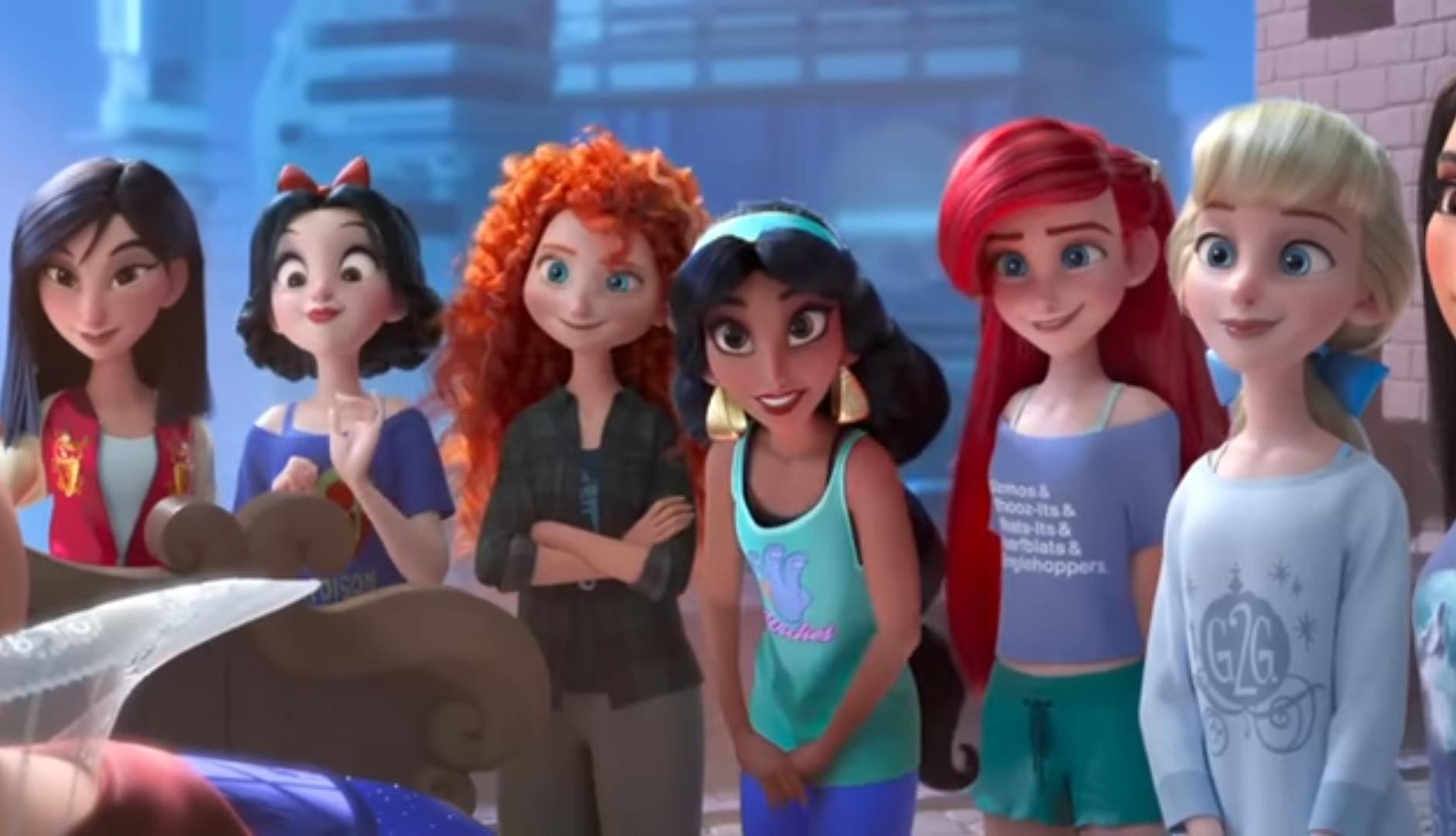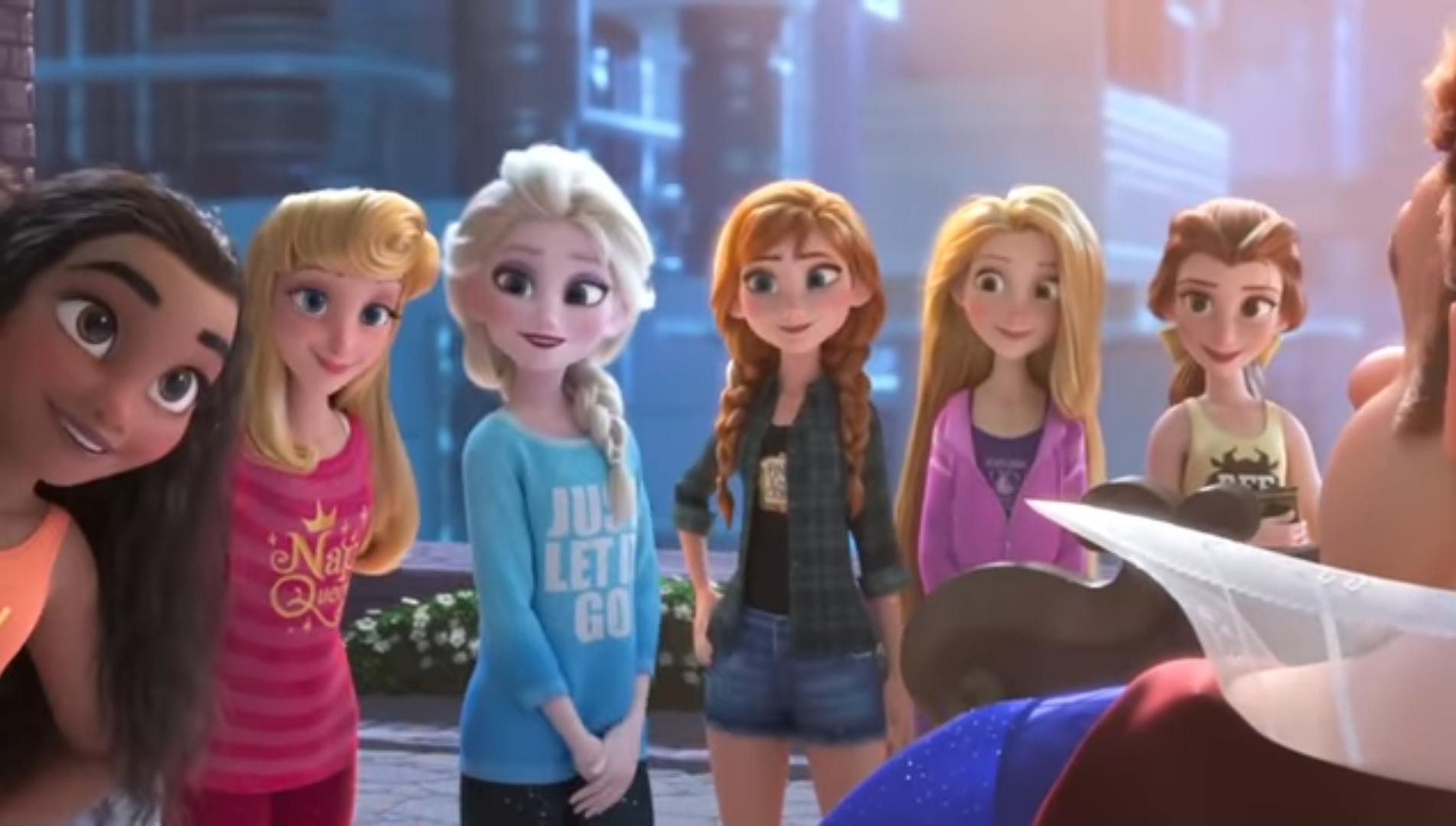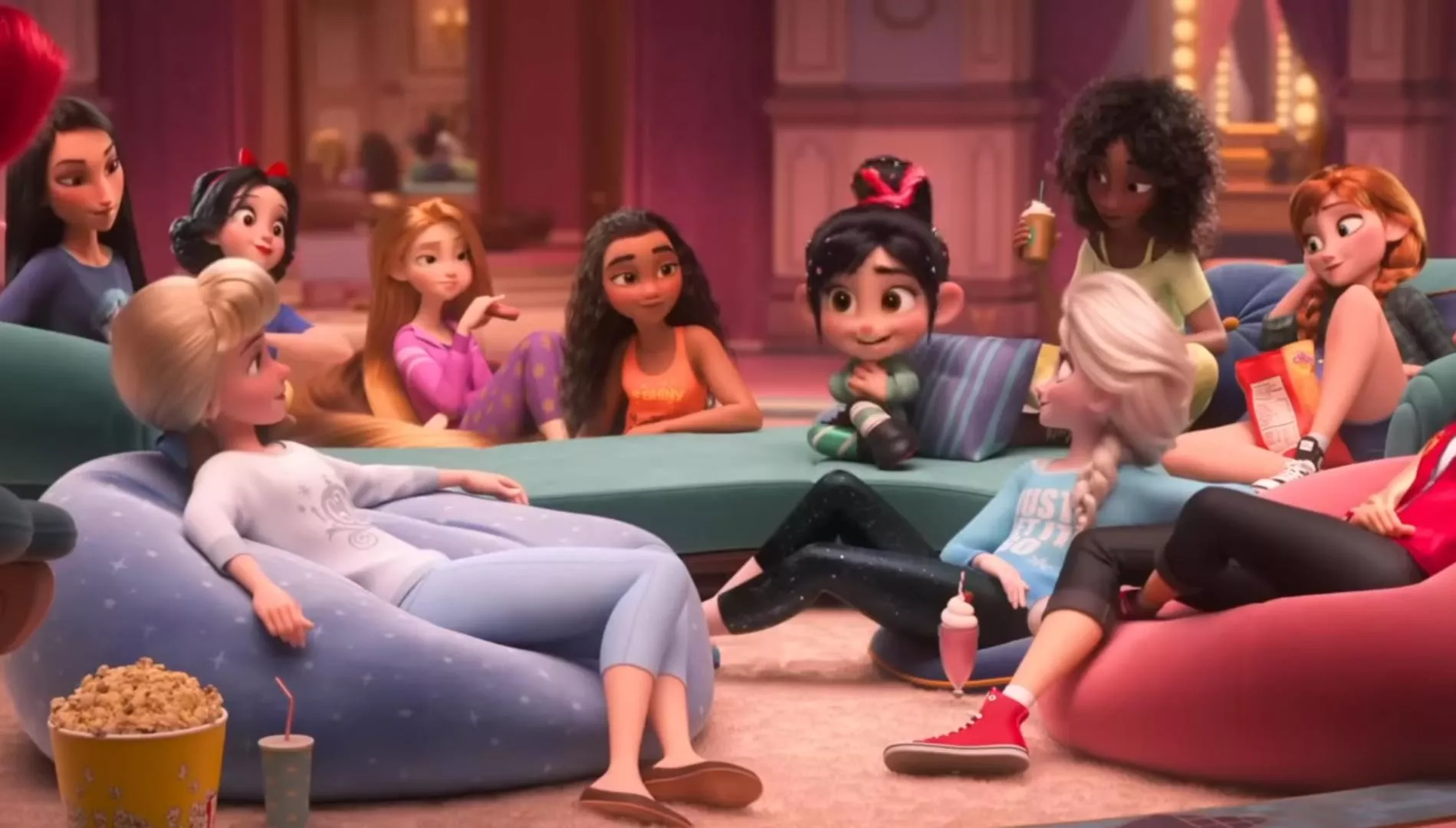Are Disney remakes as enchanting as the originals?
Even princesses aren't immune to the curse of capitalism
KARACHI:Once upon a time there was an apple-prone princess whose story launched a certain animation studio to greater heights (take, USD177 million heights in a present estimation) and altered the trajectory of feature-length films in the US forever. Then came the glass-slipper maiden in 1950 who bagged a lifetime worldwide gross of USD182 million.
And let's not disregard the somnolent beauty from 1959 who unfortunately authenticated the creative doubts of her creator by flopping in the box office but redeemed herself by garnering remarkable cultural influence upon her reappearance across the 1970s. Soon came along an endless royal succession, and from the naive mermaid to the formidable ice queen, Disney continues to leave an indelible mark on the history of American animation.
The blooming success of the fairytale princesses prompted the creation of Disneyland, a recreational theme park that, among many things, features "real-life" Disney princesses who hold court and interact with their enthusiasts. In 1999, the Disney Consumer Products division launched the Princess Line after president Andy Mooney chanced upon a group of girls clad in domestically made princess costumes (The New York Times).
Enchantment or curse?

The capitalist value of the princesses has hence not worn out, many decades down the line, and continues to expand with the creation of contemporary characters suited to the thematic intent. With the legacy of hit characters such as Jasmine, Tiana, and Mulan on its record, the studio continues to stretch its diversity editions with characters such as the Polynesian princess Moana, whose narrative does not feature a romantic interest alongside that of the Scottish princess Merida.
This fresh take on a happily-ever-after is what the studio has been adopting in its stories as of late. While the global phenomenon Frozen does incorporate two potential love interests for Princess Anna, the 2013 film ultimately focuses on the familial love shared by the two sisters and the part it plays in the two saving each other.
The loose Hans Christian Andersen adaptation was a staggering success, earning USD1.2 billion worldwide, and for a durable period, the world just couldn't let it go! This, of course, enabled the creation of the sequel, which aced the box office stats (USD1.4 billion worldwide) yet upended critical expectations. Reviewers on IMDb described Frozen 2 as "anti-climactic", "convoluted", "preachy and forced", "all over the place", and so forth. One low-rating user did, however, acknowledge the creators for making an effort "unlike most sequels Disney makes".
Despite the storytelling botch-up, Disney announced the cinematic release date of a third film to be 24 November 2027, with CEO Bob Iger following this up with the news of a fourth film in the works. "I don't have much to say about those films right now. But Jenn Lee who created [the past two films] is hard at work with her team at Disney Animation on not one but actually two stories," he informed Good Morning America last November.
This in-progress franchise will either account for the creative mistakes of Frozen 2 or shatter the storyline completely. Only time can tell, but much can be deduced from how painfully the artistic quality of a franchise deteriorates with every cash-grab continuation (see: Fast & Furious and the MCU). Morris Raskin of The Spectator noted that "the main problem with sequels as a whole" is that "they're almost always less focused on the plot, and more focused on the money."
The insatiable case of remakes

This, however, has not been Disney's only problem in recent years. Another issue is the studio's eagerness to recreate beloved classics in hopes of reviving its acme. It is apparent that Disney’s brand image relies on the precedent set by the princesses, given that the studio has taken the extra step to incorporate them in high production films such as the star cameos in Ralph Breaks the Internet.
Undoubtedly, these fairytale heroines are the corporation's most valuable assets, so much so that even the notable characters in their own films (princes and villains) do not come close hence the studio deems it necessary to replicate their charisma through live-action renditions. What Disney fails to account for is the enormity of the legacy it's trying to push. You can't have your cake and eat it, too.
An exception can be made for Maleficent, the Sleeping Beauty retelling that was told from the villain's perspective. The fresh backstory and Angelina Jolie's mesmerising acting bagged over USD758 million worldwide, with the film being Jolie's highest-grossing one at the time. It was the promise of something new that merited Maleficent this commercial success—success that wasn't strenuously reliant on the resurrection of an adored princess.
Even Aurora was retconned to serve the message of the film, which was driven by forgiveness and acceptance of the wronged. It was the introduction of these various new elements that elicited positive responses from filmgoers, with reviewers on IMDb complimenting the all-encompassing love of chosen family in the film.
However, the same can't be said about many of the other remakes. These come off as desperate attempts to redo the original plotlines in order to disguise the very real possibility that the studio is running out of ideas to execute. While the majority of the '90s Disney princess films featured non-white characters, the racial representation has been largely stereotypical and evasive—Tiana is a black woman but spends most of her film as an enchanted frog.
Admittedly, some of the remakes fixed these problems. For instance, Princess Jasmine is subjected to incessant patriarchal hegemony that’s only loosely relaxed with her betrothal to the male protagonist in Aladdin (1992) but gains a more proactive role over her restricted life in the 2019 version.
However, many of the other remakes don't have as compelling of a revisitation to offer, as in the case of Cinderella (2015) and Beauty and the Beast (2017), which are essentially the same as their original counterparts. Certainly, this is an easier route to take to appease the nostalgia factor of their audiences, but that's also a fancy way of saying that this trend is a lazy cash-grab.
It should be acknowledged that the revamping of the traditional princesses, though ultimately a corporate move, serves its intended purpose. From an adventurous Polynesian princess to a black mermaid who defeats her own monsters, today's fairytales champion femininity in a newfound sense of empowerment. It remains to be seen whether the modern rendition of the oldest of them, Snow White, will assume the mantle with a grace worthy of her legacy.
Have something to add to the story? Share it in the comments below.


COMMENTS
Comments are moderated and generally will be posted if they are on-topic and not abusive.
For more information, please see our Comments FAQ